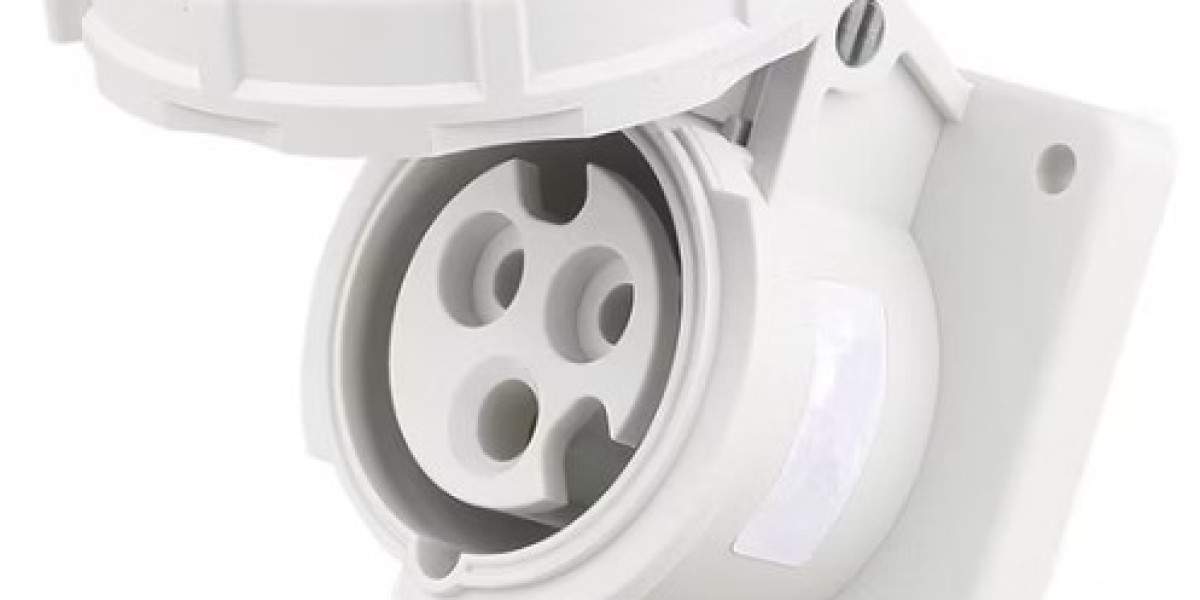In modern workshops designers and safety officers are paying closer attention to how power access points affect human performance. An Industrial concealed socket installed with ergonomic placement and mechanical lock features helps align daily tasks with safe procedures. When units include key control and interlock power off functionality they support coordinated shutdowns that fit into permit based workflows and reduce chances of accidental energization during service.
Ergonomics begins with placement. Mount outlets within natural reach zones so operators avoid awkward bends or overreaching that slow motion and increase fatigue. Recessed units that sit flush with work surfaces reduce snag points for clothing and tools, while clear visual cues on covers guide workers to the correct connection. Consider glove use, vision limitations under bright task lights and frequent motion paths when locating sockets so physical strain is minimized and sequence tasks remain smooth.
Mechanical locking adds a decisive layer. A locking collar or shutter that accepts a pad or a control key prevents casual insertion and enforces authorized access. In busy shops where temporary teams change roles throughout a shift, key control lets supervisors manage who can energize specific machines. That simple separation between permission and power cuts the chance that an uninstructed person will reconnect a tool while someone else is servicing it.
Interlock power off features tie the socket directly into a safety scheme. When the socket will not supply current until a verified lock is removed, technicians gain an extra assurance that circuits are dead before touching live parts. Paired with a permit to work system, an interlock removes ambiguity about who holds isolation authority. This reduces handover friction and helps managers demonstrate that controls follow established protocols during inspections or safety reviews.
Human factors also influence labeling and training. A compact, visible tag system that shows current status and permitted users simplifies decisions on the floor. Quick reference cards fixed near the socket give rotating crews the confidence to follow correct sequences. Short practical drills that rehearse lock placement, key custody and verification steps reinforce safe habits so they become second nature during routine maintenance.
Maintenance itself benefits from these design choices. When units are modular with accessible internals service technicians can remove a locked insert and work on wiring without disturbing adjacent circuits. Clear mechanical separation between the power feed and the control key cavity shortens repair time and reduces the need for improvised tagging methods that invite errors. Planned swaps replace ad hoc fixes, cutting interruptions that otherwise slow production.
Integration with permit based systems uplifts cultural practice. A permit that lists the lock holder, expected duration and a checklist of verification steps fits naturally with a key controlled socket. Supervisors gain clarity and teams gain a stable rhythm for safe shutdowns. This procedural alignment also helps when contractors work alongside permanent staff because a shared protocol removes guesswork about who may restore power.
Contemporary conversations about workforce welfare and workplace resilience give additional momentum to these choices. As organizations aim to reduce minor injuries and to keep lines running during busy cycles, engineering that addresses worker posture, tool handling and secure isolation becomes part of operational planning rather than a compliance afterthought. Investment in ergonomic, lockable outlets helps shift attention from reactive interventions to steady daily practice.
When selecting units, check that mechanical lock parts are robust, that key systems allow clear custody tracking and that interlock wiring follows recognized control logic. Match cover design and legends to the local language and to the lighting conditions present on site. Solicit feedback from operators during pilot placement to catch unforeseen reach or sightline issues before final rollout.
Manufacturers who publish mounting notes and wiring diagrams ease the design process and help layout teams plan sensible locations for power points. Simple accessory options such as keyed covers and detachable control inserts make it easier to adopt a disciplined lockout approach without radically changing existing infrastructure.
For planners and safety leads wanting products that combine ergonomic placement with controlled access and interlock capability, the supplier resource outlines configuration options and mounting guides. To see product choices and technical notes that support lockout workflows and ergonomic design visit www.nante.com where further information and support materials are available to assist in specification and field implementation.








